They are all beautiful no matter when and how they were bred. However, we have to pause and cock our heads to the side when we see the incredible differences, the changes made to our best friends over the years.
1) Pugs:
Pugs of a century ago were smaller than today’s Pugs, with more proportionate legs and a less extreme flatness to the face.According to Science and Dogs, the Pug is another extreme brachycephalic breed and it has all the problems associated with that trait – high blood pressure, heart problems, low oxygenation, difficulty breathing, tendency to overheat, dentition problems, and skin fold dermatitis. The highly desirable double-curl tail is actually a genetic defect, in more serious forms it leads to paralysis.
2) Basset Hounds:
While Basset Hounds of one hundred years ago were similar in appearance, with short forelegs relatively long ears, and an elongated body, today’s Bassets are far more exaggerated than their ancestors.Today’s Bassets have much shorter back legs, very long ears, excessively loose skin, and longer backs. Because of their enhanced physical traits, Basset Hounds very commonly suffer from osteochondritis dissecans, a painful joint disease that affects shoulders, elbows, and knees, as well as other serious musculoskeletal dysfunctions. Excess skin, especially on the face, has left these dogs with drooping lower eyelids and eyes that are prone to a variety of painful and serious eye conditions. The breed also requires extra care to prevent ear infection.
3) English Bulldog:
One of the greatest examples of breeding for specific characteristics gone wrong, the English Bulldog today barely resembles his healthy, agile, and functional ancestors.Modern Bulldogs suffer a host of diseases and complications as a result of breeding to enhance certain characteristics. Narrow nostrils and a longer soft palate creates the potential for severe breathing problems. Because of this, Bulldogs are highly susceptible to heat exhaustion. It literally requires incredible effort for the Bulldog to simply breathe normally.
Some of the major health problems the Bulldog is susceptible to are keratoconjunctivitis sicca (KCS), ventricular septal defect, hip dysplasia, shoulder and patellar luxation, internalized tail, eye and skin problems, and many more. Many Bulldogs are physically unable to mate or to give birth without medical intervention.4) German Shepherd:
Like the English Bulldog, the German Shepherd is another breed that has suffered greatly at the hands of breeders of the last century. Once a medium-sized dog, about 55-pounds, with a straight back and long, sturdy legs, the modern German Shepherd Dog is drastically different in size, appearance, and gait.Today’s GSD’s are much larger in size and stature, considered a large breed at about 85-pounds. Their backs, no longer straight, are extremely sloped. Their rear legs, which once stood tall and sturdy, now appear as though the back legs are always bent at the knee. As a result of musculoskeletal changes, German Shepherds are highly susceptible to hip and elbow dysplasia, gastric torsion, and a host of other genetically predisposed health issues.
5) Shetland Sheepdogs:
Commonly referred to as the Sheltie, Shetland Sheepdogs of 100 years ago were much smaller than their modern descendents, usually weighing between 7 and 10 pounds. Also unlike modern Shelties, they had only medium length fur and a wider, shorter muzzle.Bred to be considerably larger, today’s Shetland Sheepdogs weigh around 20 pounds and have much longer fur. Parents of modern Shelties are advised to routinely check the health of their dog’s eyes, hips, and thyroid, as the breed is now genetically predisposed to certain diseases and ailments in these areas. Breeding has also created what is known as a “double-merle” in this breed, an often lethal result of breeding two merle coated dogs together which almost always results in blindness, deafness (or both), and other serious health issues.
All Images via Dog Behavior Science
It is a little sobering to realize that our cute pug’s face is smooshed in and its tail is a corkscrew because someone thought it was a little more unusual and sweet. And yes, while that is true we cannot ignore the health problems Fido is having because of breeder interference.
Would we love our dogs less because they remained the same dog over the years? No, we can honestly say we would love them as they are and think they were beautiful and handsome simply because they are our beloved doggy. Still, there is something to say about that “cuteness factor” and why people are attracted to the dogs they have.
In the end, perhaps such interference would be better served if it happened to create a healthier dog rather than one breeder feel are cuddlier and cuter.
Source: The Dogington Post
Featured Image via Dog Behavior Science

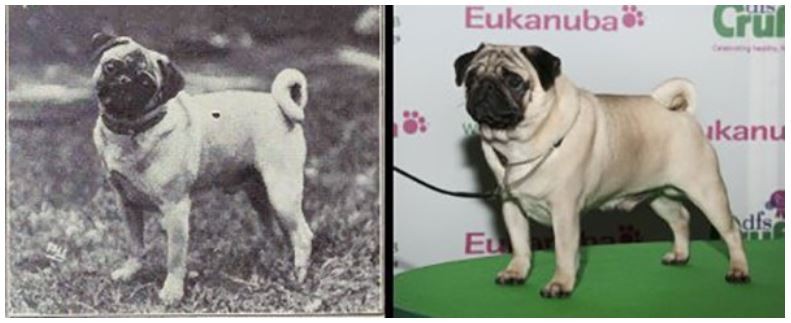

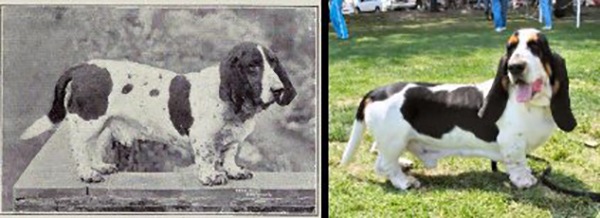
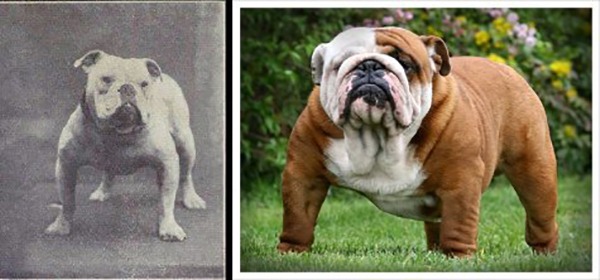
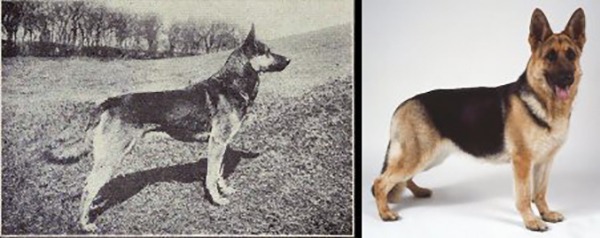
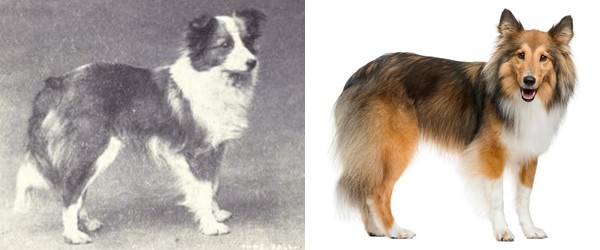
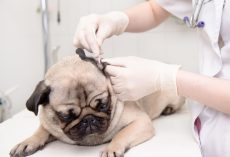

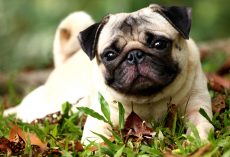

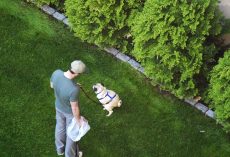

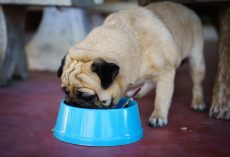

Carol Haley
- Edit
haaaaa
Regina Pokropski
- Edit
I like the Pug of today best
Madyson Offord
- Edit
so funny